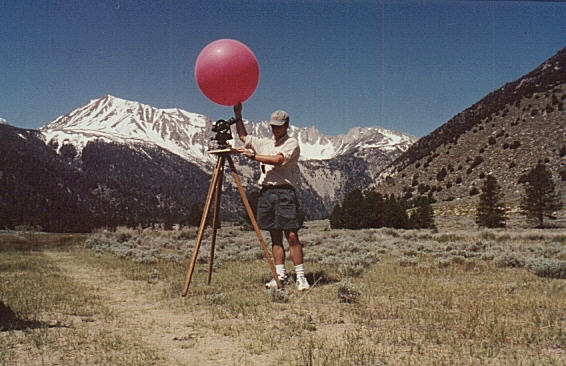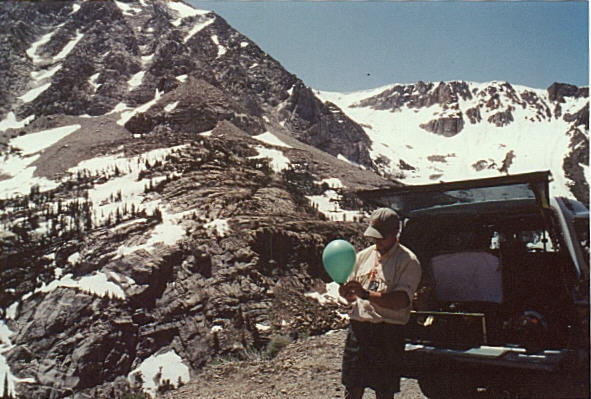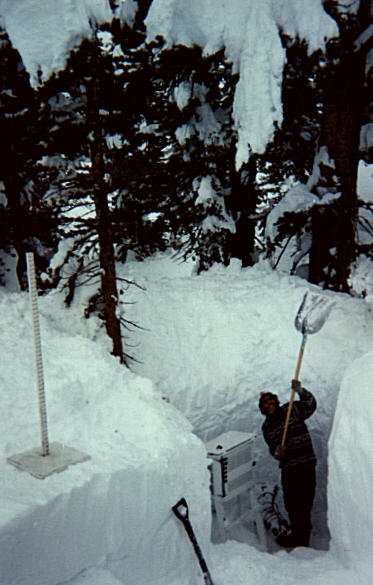
Notice the classic foehn wall over the Dana Plateau.
Abstract:
Observations have been made in a major, eastern canyon of the Sierra Nevada, and are the first documentation of the mountain and valley wind system in this range. The topography of the Eastside of the Sierra Nevada is unique, and as a result there exists some interesting flow patterns. Surface and upper air data have been collected during both summer and winter from 1994 through 1997. The mountain wind and similarly the valley wind have been observed as regular features of Lee Vining Canyon. However, results have shown a complex wind regime where the normal up-canyon "valley" wind is often replaced with a down-canyon flow by mid-afternoon. This wind, which depends on the large-scale synoptic situation, is more common during summer than winter, and has been observed in other regions of the eastern Sierra Nevada. During winter katabatic flows have been observed in the upper reaches of the canyon proper while a distinct up-canyon flow dominated the lower regions of the canyon. Observations have also shown the existence of the antiwind during summer. These winds occur during the morning drainage flows and have been found near and slightly above the ridge height.

Notice the classic foehn wall over the Dana Plateau.



Ed Powers digging out the shelter after yet another Sierra snowfall at
Tioga Pass, Sierra Nevada. Winter 1994/1995.